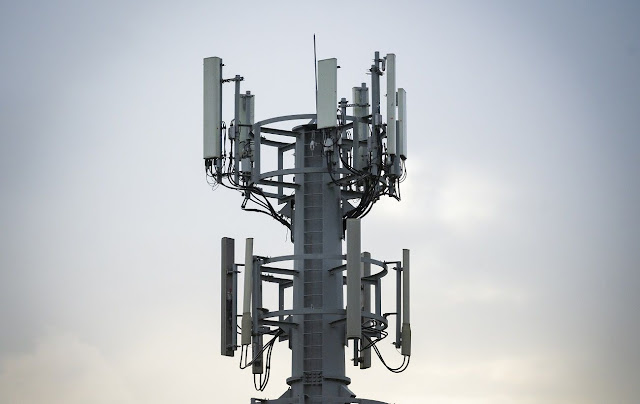 |
| Natural Language Processing(NLP) In Healthcare And Life Sciences |
In a radio base station system, an RRU may contain a cyclic prefix (CP) component with a CP adder for processing downlink channels and a CP remover for processing uplink channels. The Remote Radio Unit (RRU) can be set up to connect to a wireless mobile device via an air interface and a baseband unit (BBU) via an actual communication link.
Typically installed on towers, Remote Radio Units are managed by a controller that is situated inside a covered cover on the ground adjacent to the tower. There is an optical link between the RRU and the controller.
The BTS, or Base Transceiver Station, which is frequently used in cellular communication, is made up of the Remote Radio Unit (RRU) and the controller. One of a wireless base station's two primary units is an RRU. The RRU is the RF processing unit; it transmits and receives signals. In wireless communications protocols like GSM, CDMA, UMTS, and LTE, the communication gear is distinct from the BTS/NodeB/eNodeB.The apparatus is used to increase a BTS's, NodeB's, or eNodeB's coverage in difficult environments like tunnels or rural areas.
The BTS, or Base Transceiver Station, which is frequently used in cellular communication, is made up of the Remote Radio Unit (RRU) and the controller. One of a wireless base station's two primary units is an RRU. The RRU is the RF processing unit; it transmits and receives signals. In wireless communications protocols like GSM, CDMA, UMTS, and LTE, the communication gear is distinct from the BTS/NodeB/eNodeB.The apparatus is used to increase a BTS's, NodeB's, or eNodeB's coverage in difficult environments like tunnels or rural areas.
The Remote Radio Unit (RRU) is often installed close to the antenna at the highest point of a base station. RF signals can be received, transmitted, filtered, and amplified by RRUs. They typically use protocols for the Common Public Radio Interface to connect to the BTS/NodeB/eNodeB through a fiber optic cable.
Surge Protective Devices (SPDs) are necessary for Remote Radio Unit (RRU) installed on cell towers in order to safeguard the network against attacks from lightning and induced power surges. The equipment's transfer from the ground station to the top of the tower has also changed the amount of electrical overstress exposure. RRHs can be put in a discrete manner along a rooftop or through the use of a significantly higher tower configuration. In comparison to those put in a more compact manner below the upper margins of the building, those placed at the highest elevation on a structure whether it's a building or a specific cell tower will be more susceptible to suffering an actual lightning strike and greater induced lightning levels.
Surge Protective Devices (SPDs) are necessary for Remote Radio Unit (RRU) installed on cell towers in order to safeguard the network against attacks from lightning and induced power surges. The equipment's transfer from the ground station to the top of the tower has also changed the amount of electrical overstress exposure. RRHs can be put in a discrete manner along a rooftop or through the use of a significantly higher tower configuration. In comparison to those put in a more compact manner below the upper margins of the building, those placed at the highest elevation on a structure whether it's a building or a specific cell tower will be more susceptible to suffering an actual lightning strike and greater induced lightning levels.
